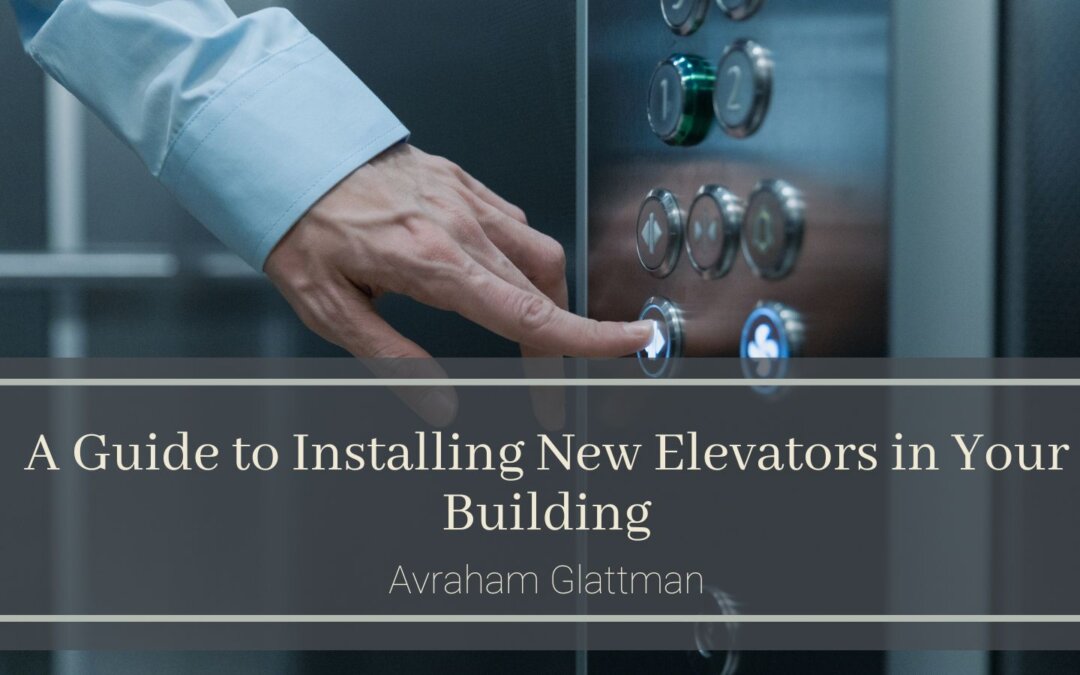Elevators are vital in contemporary structures, providing convenient and efficient vertical transportation for occupants and visitors alike. If you’re considering installing new elevators in your building, it’s essential to understand the process involved to ensure a successful and seamless installation. Here’s a comprehensive guide to help you navigate the journey:
Assessing Your Needs: Before starting the installation process, evaluate your building’s needs and requirements. Consider the building’s size, occupancy levels, traffic patterns, and accessibility needs. Understanding these factors will help you determine the appropriate type and quantity of elevators required to fulfill your building’s needs efficiently.
Budgeting and Financing: Installing new elevators is a significant investment, so it’s crucial to establish a realistic budget for the project—factor in costs such as equipment, installation labour, permits, and any necessary building modifications. Additionally, explore financing options such as loans, leasing, or government incentives to help cover the upfront costs of the installation.
Selecting the Right Elevator System: Various types of elevator systems are available, each with its own set of advantages and considerations. Common options include traction elevators, hydraulic elevators, and machine-room-less (MRL) elevators. Before making a decision, evaluate the pros and cons of each system in relation to your building’s requirements, space constraints, and budgetary considerations.
Navigating Regulatory Requirements: Installing new elevators involves compliance with many building codes, safety standards, and regulatory requirements. Work closely with a qualified elevator consultant or contractor familiar with local regulations to ensure your installation meets all necessary codes and standards. Failure to comply with regulations can result in delays, fines, or legal liabilities.
Planning and Design: Once you’ve selected the appropriate elevator system, work with a team of architects, engineers, and elevator professionals to develop a comprehensive plan and design for the installation. Consider factors such as elevator location, shaft dimensions, capacity requirements, and aesthetic considerations to integrate the new elevators seamlessly into your building’s design.
Construction and Installation: Your vision begins to take shape in the construction and installation phase. Coordinate closely with your elevator contractor to schedule the installation process and ensure minimal disruption to building occupants. Depending on the project’s scope, installation may involve structural modifications, electrical wiring, elevator car assembly, and testing to ensure proper functionality and safety.
Testing and Commissioning: Once the installation is complete, thorough testing and commissioning are essential to verify that the elevators meet all performance and safety requirements. Conduct comprehensive tests on elevator operation, emergency procedures, and safety features to identify and address any issues before installing the elevators—additionally, train building staff and occupants on proper elevator usage and emergency protocols.
Ongoing Maintenance and Service: After installation, proactive maintenance and regular service are essential to ensure your elevators’ long-term reliability and safety. Establish a maintenance schedule with your elevator service provider to conduct routine inspections, lubrication, and adjustments. Addressing minor issues promptly can prevent costly repairs and downtime in the future.
In conclusion, installing new elevators in your building requires careful planning, coordination, and expertise to achieve success. By understanding the process involved and working closely with experienced professionals, you can elevate your building’s transportation infrastructure and enhance the overall experience for occupants and visitors.
